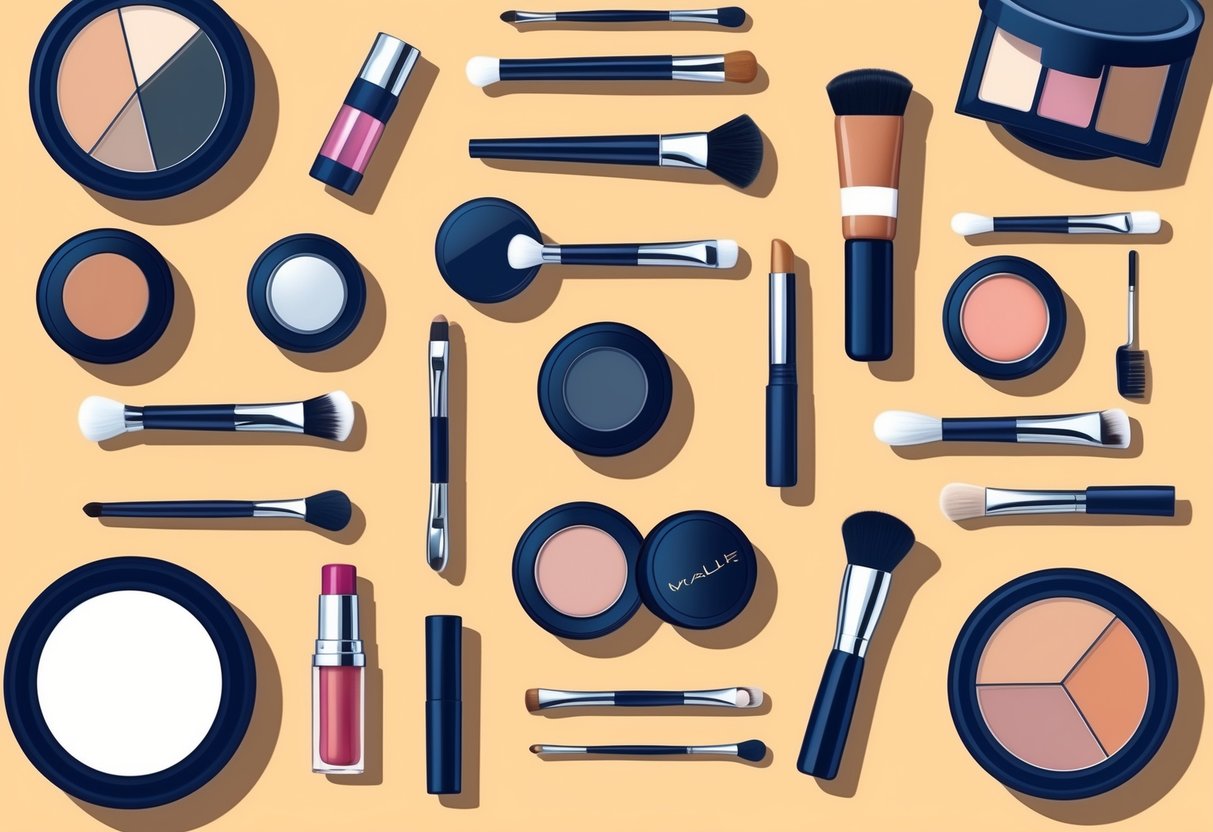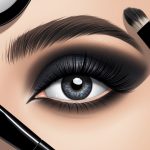Flawless Natural Makeup Looks: Step-by-Step Guide for Beginners and Pros
Must-Have Makeup Products and Tools

Achieving a flawless natural makeup look starts with carefully chosen beauty products and dependable tools. Matching makeup to your skin undertones ensures a radiant, polished finish while the right brushes and applicators help create seamless results.
Essential Products for Beginners and Pros
Every makeup routine should start with the essentials. A lightweight primer provides a smooth base and helps makeup last longer.
Next, a buildable foundation or tinted moisturizer helps even out skin tone without feeling heavy. Many opt for a concealer that matches their complexion to cover blemishes or under-eye circles.
Adding a neutral-toned eyeshadow palette allows for versatile looks. A defining mascara opens up the eyes while a brow pencil or powder shapes the brows with precision.
For a natural flush, a blush in a muted pink or peach works well on most skin types. A tinted lip balm or nude lipstick completes a fresh-faced, understated look.
For more guidance on assembling a basic yet effective makeup kit, consider reading Maybelline’s tips for a natural glow makeup look.
Choosing Reliable Makeup Tools
The right makeup tools are just as important as the products themselves. A soft, dense foundation brush helps blend liquid or cream products smoothly for an even complexion.
Makeup sponges are also popular for applying foundation and concealer, as they press product seamlessly into the skin. An angled brow brush makes it easier to define eyebrows, especially when using powders or gels.
Fluffy blending brushes are critical for seamless transitions in eyeshadow. A smaller shading brush allows for precise application.
Every makeup kit should also include a clean powder brush for dusting translucent powder to set the look. Investing in durable, easy-to-clean brushes improves both application and hygiene.
Brands like L’Oréal Paris provide further info on building a natural makeup routine, including essential tool suggestions.
How to Select Shades for Your Undertones
Choosing the right shades is key to making makeup look natural and flawless. First, identify your skin’s undertones: cool (pink or blue), warm (yellow or golden), or neutral (a mix of both).
People with cool undertones should look for foundations and concealers with pink or red bases. For those with warm undertones, products with yellow or golden hues enhance a healthy glow.
Neutral undertones can typically wear a wide range of shades but should steer toward balanced tones, neither too pink nor too yellow. When it comes to blush, eyeshadow, or lipstick, matching the color family to your undertone creates harmony and prevents clashing.
Many guides like Colorescience’s step-by-step application tips provide detailed advice on shade selection for every skin type.
Step-by-Step Flawless Foundation Application
A flawless complexion begins with smart preparation and attention to detail. Achieving a seamless, natural look depends on using the right products and perfecting your makeup application technique from start to finish.
Applying Primer and Color Corrector
Primer is a crucial first step for any foundation makeup routine. It smooths the skin’s surface and helps foundation adhere evenly for longer wear.
Use a silicone-based primer for blurring pores or a hydrating primer for dry skin. Color correctors address discoloration or redness before foundation is applied.
Green corrector can neutralize redness, while peach or orange correctors brighten dark under-eye circles. Dot color correctors only where needed, then gently blend with a fingertip or brush.
Wait one or two minutes for the primer and corrector to set before moving on. This helps avoid pilling or uneven foundation coverage.
The goal is to create a balanced base and ensure a flawless result from the very first layer.
Tips for Using Foundation and Concealer
Choosing the right foundation formula is essential—match the undertone and shade closely to your skin. Liquid foundation works for most skin types, while powder foundation is best for oily complexions.
Always start with a small amount and build coverage as needed. Dot foundation on the center of the face (forehead, nose, cheeks, chin) and blend outward.
Avoid applying too much at once, as this may create cakey or heavy results. Pay particular attention around the nose and jawline to ensure edges blend seamlessly.
Concealer should be used after foundation to target specific areas like blemishes or under-eye discoloration. Choose a creamy formula one or two shades lighter than the foundation for under the eyes, and a shade that matches for spots.
Tap into the skin with a brush or damp sponge for best coverage.
Blending for a Seamless Base
Blending foundation and concealer well is key to a natural finish. Use a damp makeup sponge or foundation brush to press and roll the product into the skin rather than dragging it.
This method helps melt foundation and concealer seamlessly into the skin. Work in gentle, short strokes or tapping motions, especially around hairlines and jawlines, to avoid visible lines of demarcation.
For a more sheer and skin-like finish, lightly spritz the face with a setting spray and gently press with a clean sponge. Consistent blending in good lighting ensures even, streak-free coverage.
For more detailed tips on blending foundation perfectly, check out these expert application steps from Clinique.



